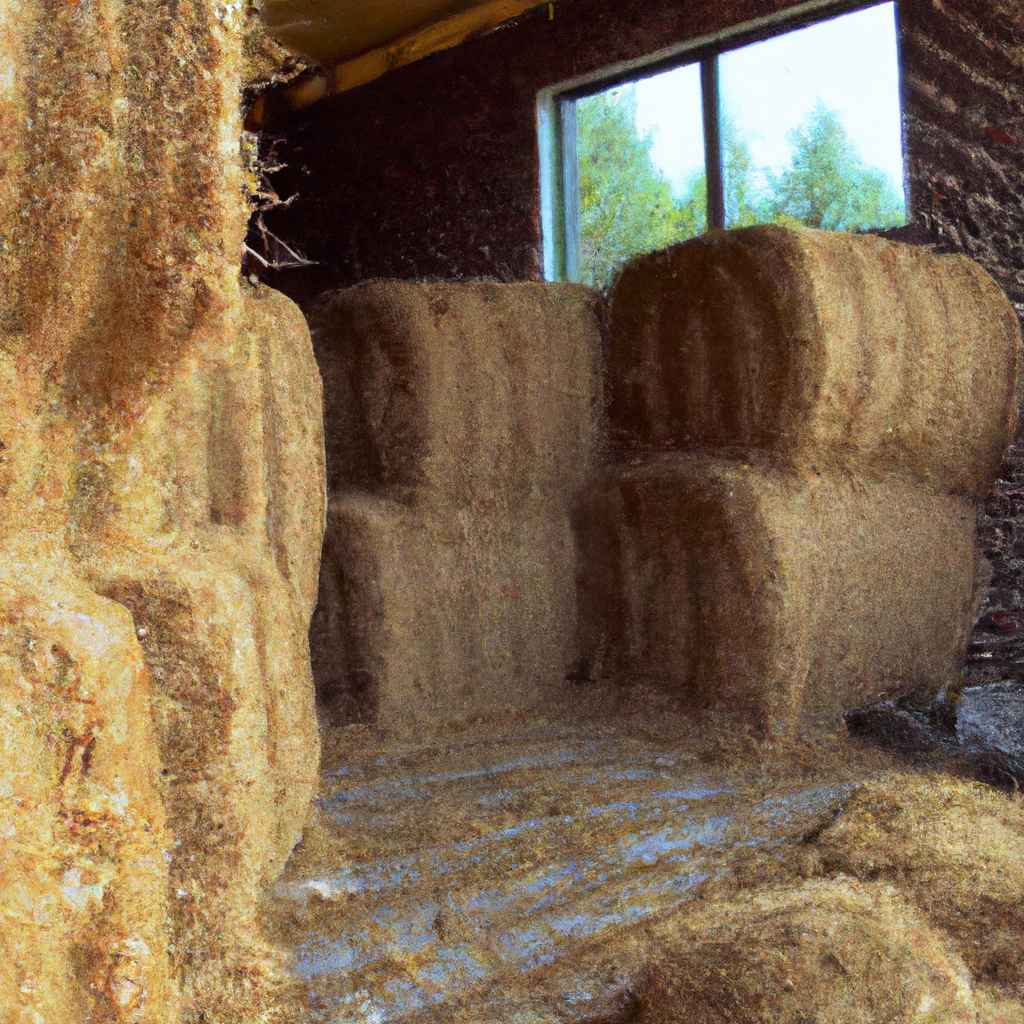Straw bale construction, also known as natural building, green building, or eco-friendly construction, is a sustainable building technique that has been gaining popularity in recent years. It involves using bales of straw as the primary building material in place of traditional materials like concrete, brick, or wood. The technique has numerous benefits, including being affordable, energy-efficient, and environmentally friendly. In this article, we will explore the techniques of straw bale construction in detail.
Preparation
The first step in straw bale construction is preparing the site. This involves clearing the land, leveling the ground, and installing the foundation. The foundation needs to be strong enough to support the weight of the straw bales and the structure. It can be made of concrete, stone, or other materials. Before laying the foundation, it is important to consult with a structural engineer to ensure that it is designed to withstand the loads.
Framing
The next step is framing. The framing provides the structure with support and prevents the straw bales from shifting. The framing can be made of wood or metal, and it needs to be secured to the foundation. The framing should be designed to accommodate the size of the straw bales, which are typically 18 to 24 inches wide, 14 inches high, and 45 to 48 inches long.
Plastering
After the framing is complete, the next step is plastering. Plastering is the process of covering the straw bales with a layer of mud or clay. The plastering serves several purposes, including protecting the straw bales from weathering, fire, and pests. It also provides a smooth surface for painting or other finishes. The plastering can be done using a trowel or by hand, depending on the preference of the builder.
Roofing
The final step in straw bale construction is roofing. The roofing can be made of metal, clay tiles, or other materials. It should be designed to provide adequate insulation and ventilation. A roof with a steep pitch is recommended to prevent water from pooling on the surface. The roofing should be installed after the plastering is complete to prevent damage to the straw bales.
Benefits of Straw Bale Construction
Straw bale construction has numerous benefits, including being affordable, energy-efficient, and environmentally friendly. The technique is relatively inexpensive compared to traditional building methods. Straw bales are readily available and can be purchased for a fraction of the cost of other building materials. The cost of labor is also lower since the technique can be done by DIY builders.
Straw bale construction is also energy-efficient. The thick walls of straw bales provide excellent insulation, reducing the need for heating and cooling. This translates into lower energy bills and a smaller carbon footprint. The plastering provides additional insulation and acts as a thermal mass, absorbing heat during the day and releasing it at night.
Straw bale construction is also environmentally friendly. The technique uses renewable resources and produces minimal waste. Straw bales are a byproduct of agriculture and can be easily composted after their useful life. The plastering is made of natural materials like mud or clay, which are non-toxic and biodegradable.
Conclusion
In conclusion, straw bale construction is a sustainable building technique that offers numerous benefits. The technique involves preparing the site, framing, plastering, and roofing. The benefits of straw bale construction include affordability, energy-efficiency, and environmental friendliness. The technique is ideal for DIY builders and those who want to reduce their carbon footprint. With proper planning and execution, straw bale construction can result in a beautiful and functional structure that is both practical and sustainable.







